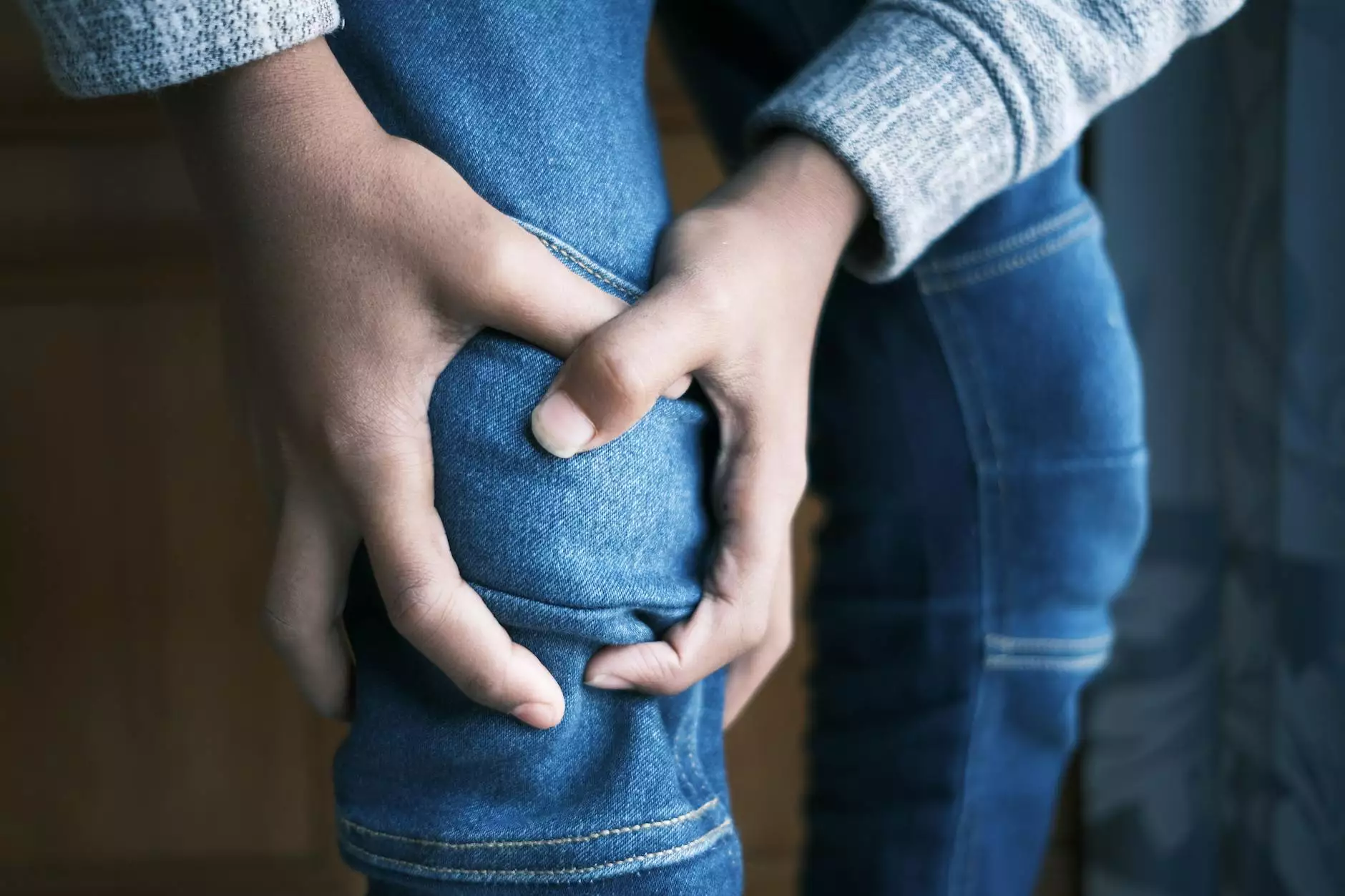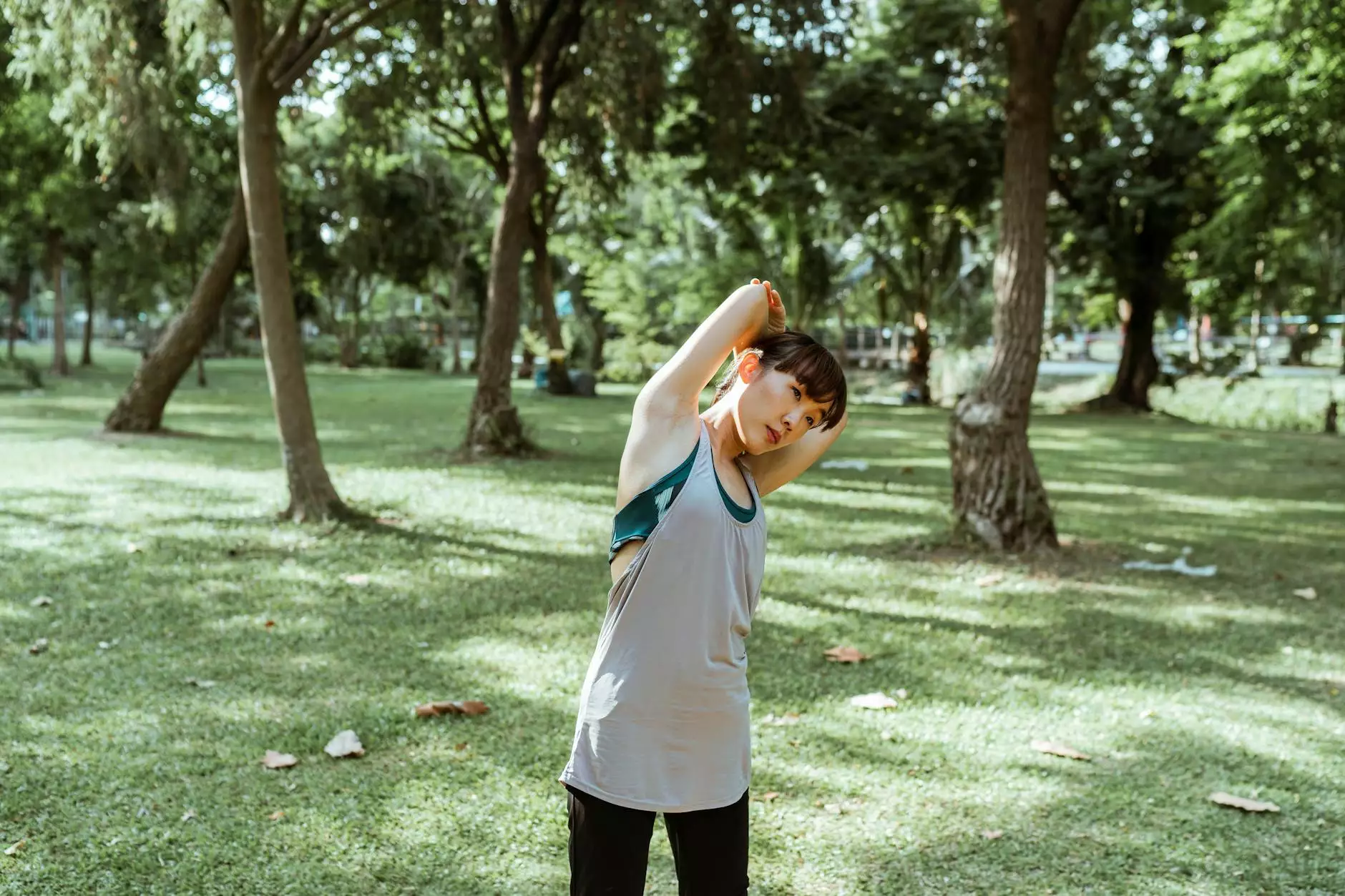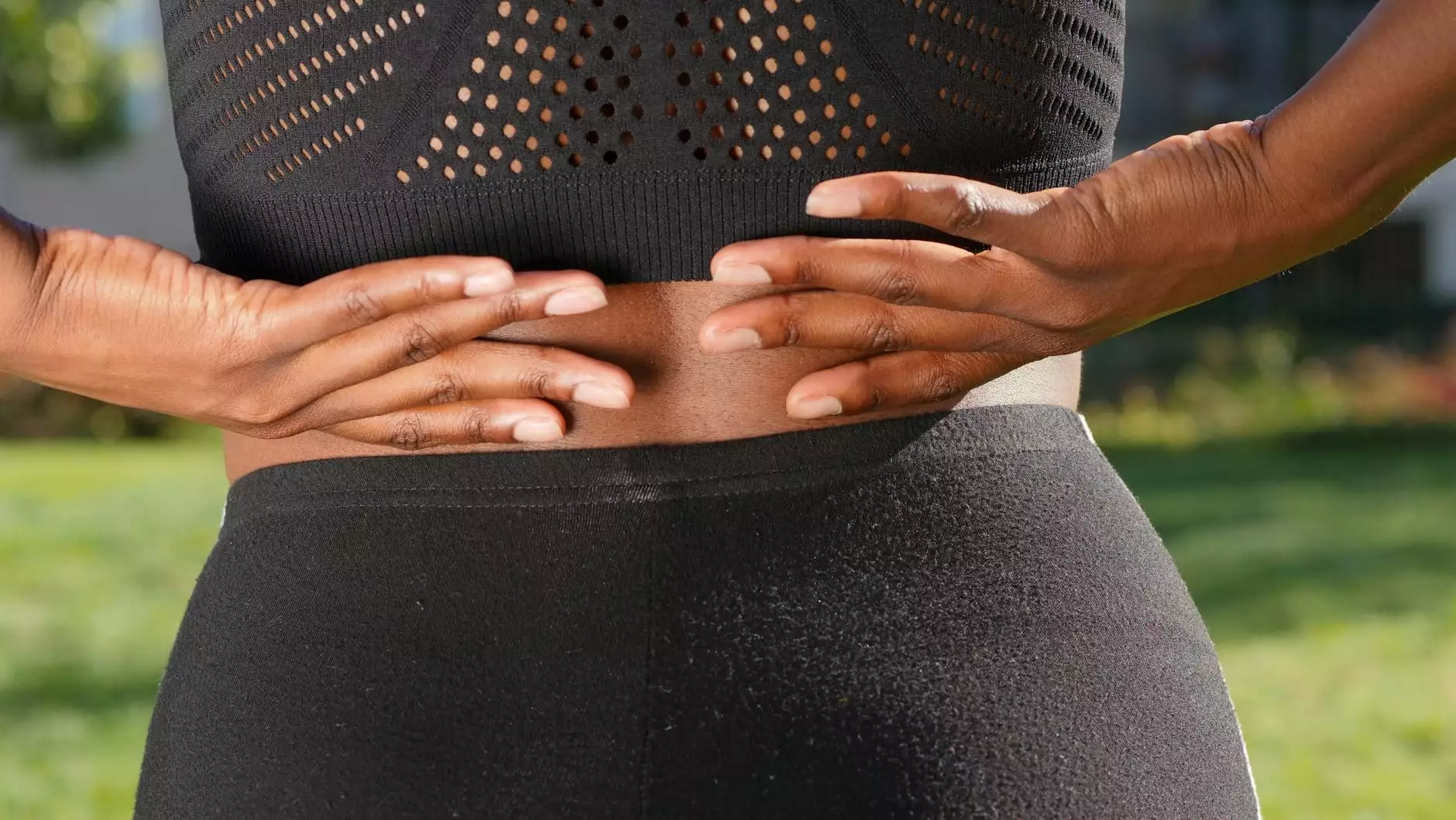Iliotibial Band Syndrome (ITBS)
Blog
Introduction
Welcome to the Regency Square Care Center, your trusted source for health geriatric and aging care information. In this blog post, we will delve into the topic of Iliotibial Band Syndrome (ITBS) - a common condition that affects many individuals, particularly runners and athletes.
Understanding ITBS
Iliotibial Band Syndrome (ITBS) is an overuse injury that occurs when the iliotibial band, a thick band of fibrous tissue running along the outside of the thigh, becomes irritated. This irritation often causes pain and discomfort, mainly on the outer side of the knee.
Causes of ITBS
ITBS typically develops as a result of repetitive motions that cause friction between the iliotibial band and the outside of the knee joint. Some common causes include:
- Running on uneven surfaces
- Increasing training intensity too quickly
- Wearing worn-out or improper footwear
- Poor running mechanics
- Muscle imbalances or weakness in the hip and gluteal muscles
Symptoms of ITBS
The primary symptom of ITBS is pain and discomfort on the outer side of the knee. However, there may be other associated symptoms, such as:
- Swelling or inflammation around the knee
- Sharp, burning, or stinging sensation during activity
- Pain worsening with repetitive knee flexion and extension
- Difficulty bending or straightening the knee
- Snapping or popping sensation near the knee
Diagnosis and Treatment
Diagnosing ITBS involves a comprehensive evaluation of your symptoms and a physical examination. In some cases, imaging tests like X-rays or MRI scans may be recommended to rule out other potential causes of knee pain.
Treating ITBS usually involves a combination of conservative measures to alleviate symptoms and address underlying causes. The following treatment options are often recommended:
- Rest and activity modification: Avoid activities that exacerbate the pain and allow sufficient rest for the affected area to heal.
- Physical therapy: A tailored exercise program can help correct muscle imbalances, improve flexibility, and strengthen the hip and gluteal muscles.
- Orthotics or shoe inserts: These devices can improve foot mechanics and reduce stress on the iliotibial band while walking or running.
- Nonsteroidal anti-inflammatory drugs (NSAIDs): Over-the-counter medications like ibuprofen can help reduce pain and inflammation.
- Corticosteroid injections: In severe cases, your physician may recommend corticosteroid injections to provide immediate relief from pain and inflammation.
Preventing ITBS
While it may not always be possible to prevent ITBS, there are steps you can take to reduce your risk. Consider the following preventive measures:
- Gradually increase your training intensity and mileage.
- Ensure that you have proper footwear that supports your feet and provides cushioning.
- Engage in cross-training activities to develop overall strength and flexibility.
- Warm up adequately before exercise and cool down properly afterward.
- Listen to your body and rest when you experience pain or discomfort.
Conclusion
Iliotibial Band Syndrome (ITBS) is a common condition that can cause significant discomfort and limit your ability to engage in physical activities. However, with timely diagnosis and appropriate treatment, most individuals can recover fully and return to their regular routines.
At Regency Square Care Center, we specialize in health geriatric and aging care, providing comprehensive information and support for various conditions like ITBS. Stay connected with our blog for more informative content on a wide range of topics.
Please note that while the information provided here is based on expert knowledge and experience, it is essential to consult with a healthcare professional for an accurate diagnosis and personalized treatment plan.










